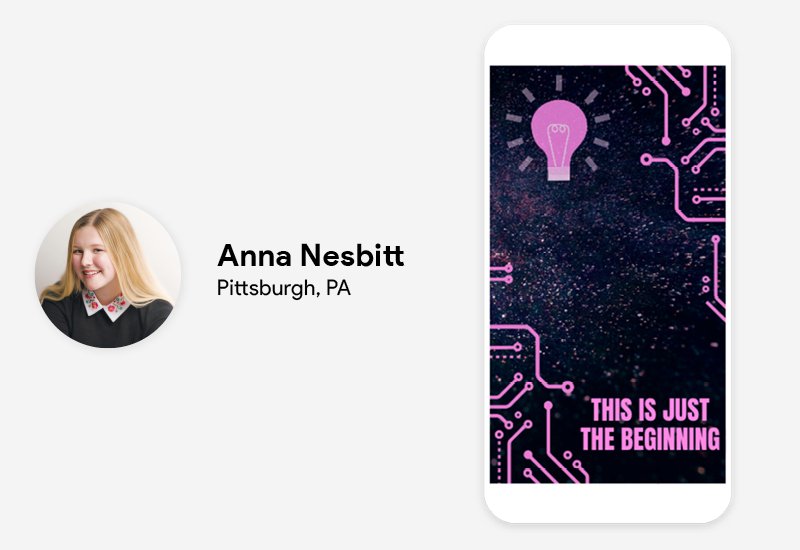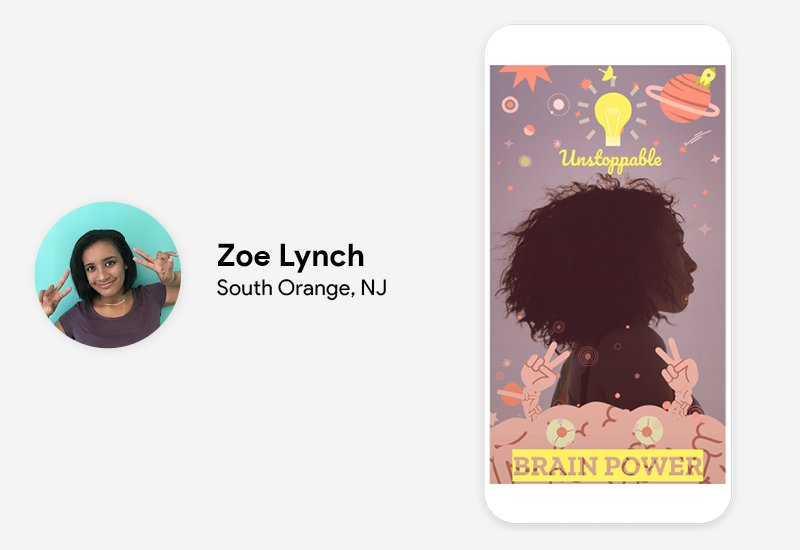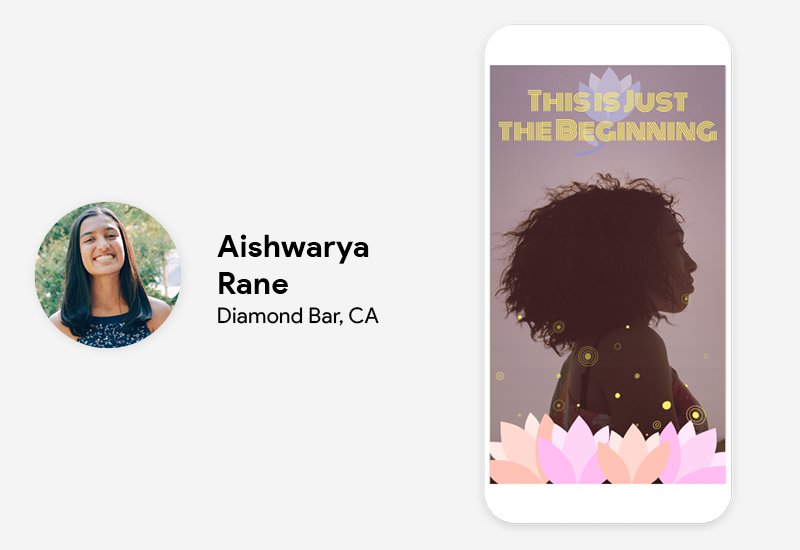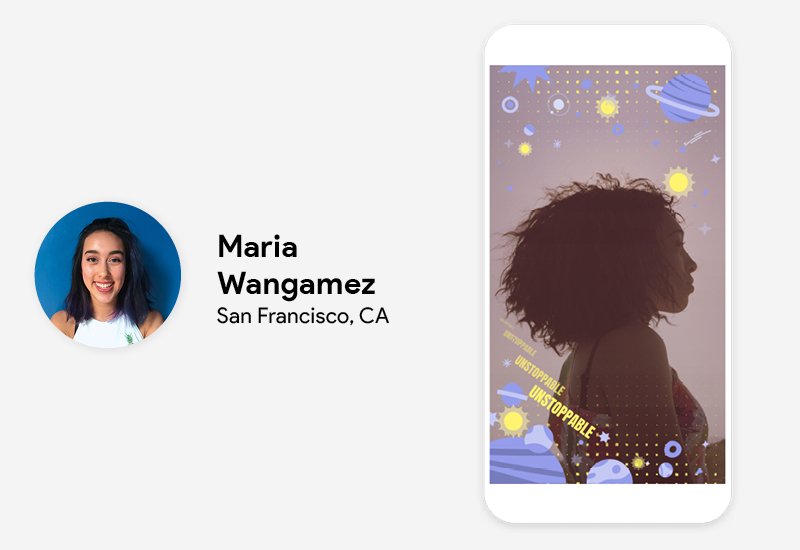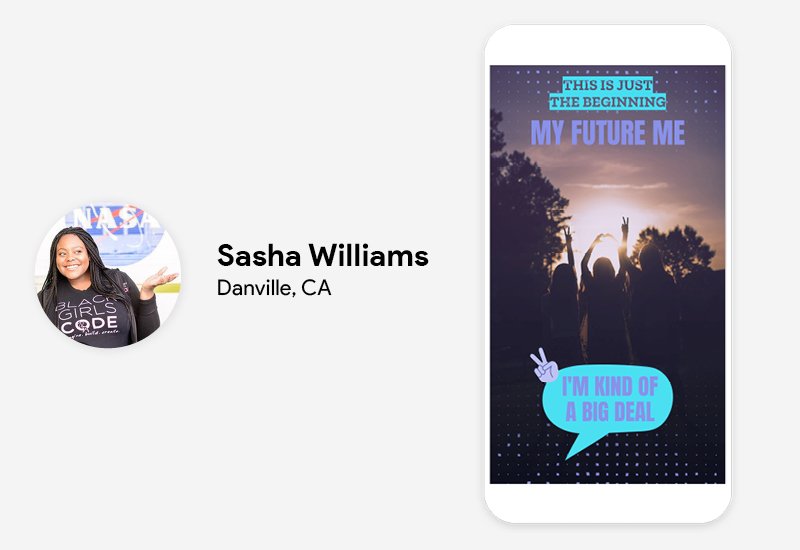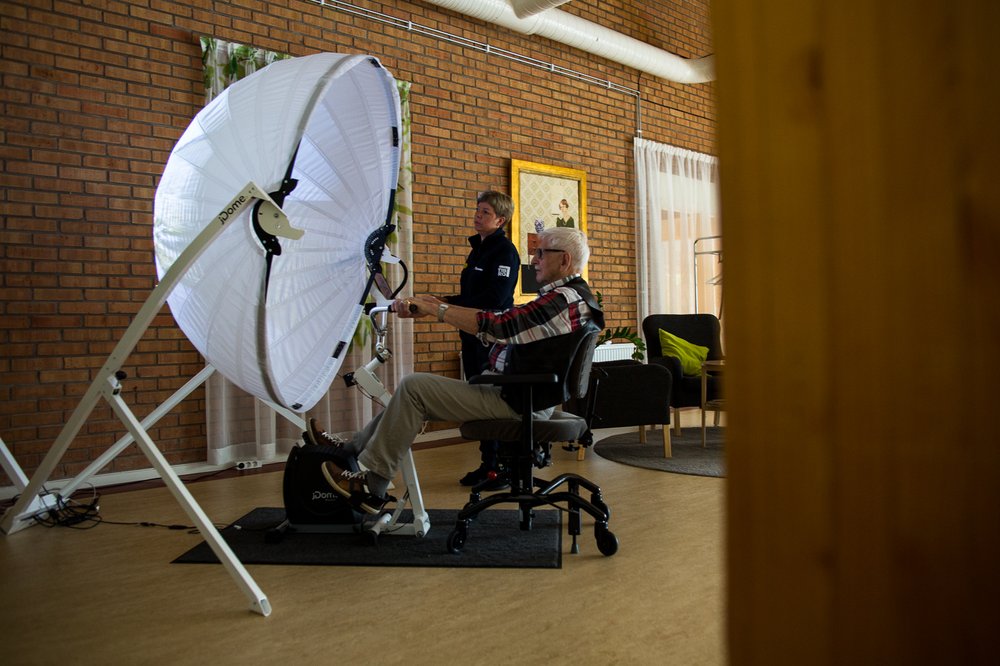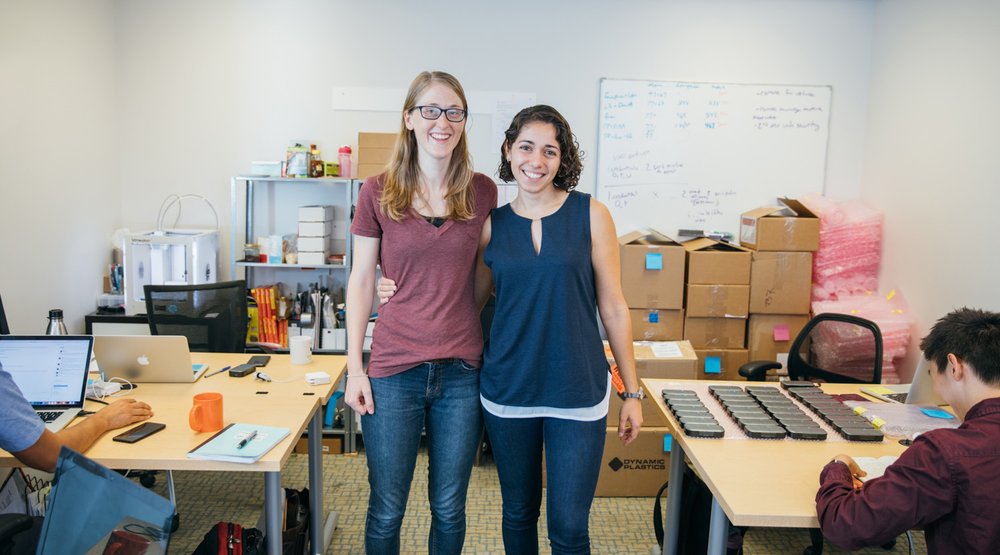Editor’s note: TensorFlow, our open source machine learning library, is just that—open to anyone. Companies, nonprofits, researchers and developers have used TensorFlow in some pretty cool ways, and we’re sharing those stories here on Keyword. Here’s one of them.
Quill.org was founded by a group of educators and technologists to help students become better writers and critical thinkers. Before beginning development, they researched hundreds of studies on writing education and found a common theme—students had a hard time grasping the difference between a run-on sentence and a fragment. So the Quill team developed a tool to help students identify the different parts of a sentence, with a focus on real-time feedback.
Using the Quill tool, students complete a variety of exercises, including joining sentences, writing complex sentences, and explaining their use and understanding of grammar. The tool relies on a huge depository of sentence fragments, which Quill finds, recognizes and compiles using TensorFlow, Google's open source machine learning library. TensorFlow technology is the backbone of the tool and can accurately detect if a student’s answers are correct. After completing the exercises, each student gets a customized explanation of incorrect responses, and the tool learns from each answer to create an individualized testing plan focused on areas of difficulty. Here's an example of how it works:
More than 200,000 students—62 percent from low-income schools—have used Quill. They’ve collectively answered 20 million exercises, and Quill’s quick, personalized writing instruction has helped them master writing standards across the Common Core curriculum.
Teachers have also benefitted from introducing Quill in their classrooms. Each teacher has access to a customized portal, allowing them to see an individual student’s progress. Plus, by using machine learning, teachers have been spared hundreds of hours of manual grading. Laura, a teacher at Caswell Elementary School in California said, "Quill has been a wonderful tool for my third graders, many of whom are second language learners. We especially love the immediate feedback provided after each practice; it has definitely made us pay closer attention to detail.”
Quill’s most recent update is a “multiplayer” feature, allowing students to interact with each other in the tool. They can see their peers’ responses, which fosters spirited classroom discussions and collaboration, and helps students learn from each other.
While students aren’t using quills (or even pens!) anymore, strong writing skills are as important as ever. And with the help of machine learning, Quill makes it fun and engaging to develop those skills.
